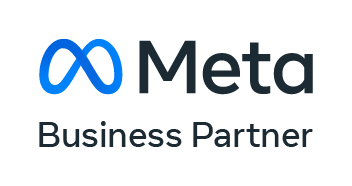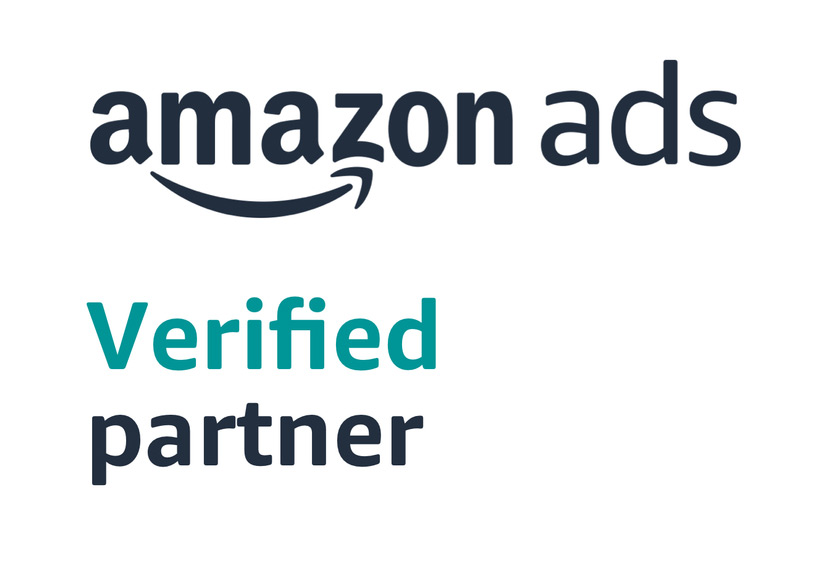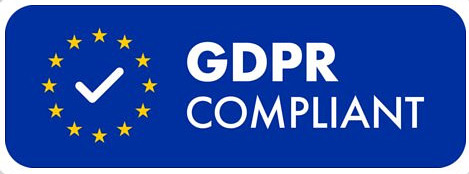As we prepare for the cookieless future, e-commerce businesses recognize that they will need new ways to track and report on customer data if they wish to continue personalizing user journeys to reach high-value customers with targeted content. Brand loyalty programs and other tactics can help businesses to capture first-party data, but that data must be appropriately tracked, recorded, and analyzed if it is to provide insights to inform a comprehensive digital marketing growth strategy.
A year ago, we suggested that it was time for e-commerce businesses to start thinking about making the switch to Google Analytics 4 (GA4) for their tracking and reporting needs. Today, we at NetElixir are here to tell you that if you haven’t already begun implementing GA4 for your e-commerce platform, the time to start is now.
Why Should My E-Commerce Business Upgrade To Google Analytics 4 Now?
Google has announced that Universal Analytics (UA) will be phased out next year. UA properties will stop processing new hits on July 1, 2023 and Universal Analytics 360 properties will no longer process new hits starting on October 1, 2023. While summer 2023 may feel far off, in reality e-commerce businesses that use UA have just over a year to make a smooth transition.
By making the leap now, your business can immediately begin to gather historical data to support your digital marketing strategy for the future. If you begin using GA4 sooner rather than later, by the time UA is sunset – when many of your competitors will finally make the switch – your business will have had at least a full year’s data recorded and analyzed. You will be a step ahead for the 2023 holiday season! Your 2022 holiday data will have been processed and analyzed in GA4’s algorithm to better inform your future holiday strategies.
In fact, by using dual-tagging, it’s possible to begin building out your GA4 implementation while keeping your UA implementation in place for the time being. This allows your business to build that critical historical record while still accessing ongoing insights from UA. As you start to understand and use GA4 and its tools, you can compare and contrast the data collected and insights offered through both GA4 and UA to better recognize how patterns you have seen in UA might appear in GA4 in the future. When the time comes to shift completely to GA4, you can do so with confidence.
However, it is important to note that GA4 does not share e-commerce and event data structure with UA. The best practice for setting up e-commerce data collection in Google Analytics 4 properties is to have two implementations in place: one for UA and one for your GA4 property. We at NetElixir can provide flexible GA4 packing from core e-commerce events implementation to UA events migration to ensure your data is being accurately tracked, measured, and analyzed.
How Can GA4 Help My Business To Understand Customer Journeys And Events Across Platforms While Meeting Privacy Standards?
When UA was introduced in 2012, it had only been five years since the unveiling of the iPhone. Because e-commerce shopping and advertising were not yet the multi-platform experiences they are today, UA’s tracking was based on user sessions (most often via web browser) and used third-party cookie data to measure key data points such as conversion and attribution.
GA4 is the most recent version of Google Analytics. Today, as customers move between email, web, and social media apps on their phones as well as browsing and communicating on computers, all with an expectation of privacy, it’s important that tracking captures each event in a customer’s journey. GA4 collects event-based data across platforms, assigning different categories to these events to better understand and analyze a customer’s activities and interactions with your brand. GA4 was designed with built-in compliance to GDPR, CCPA, and other regulatory developments, including the requirement that IP addresses must no longer be tracked.
GA4 is an analytics tool built for the cookieless future that allows you to monitor web, mobile, and app analytics on a single dashboard. With a more in-depth integration system and audience list, users are afforded a robust understanding of the customer journey as well as more informed ads targeting. GA4 uses advanced machine learning for customer tracking across platforms and devices, with conversion modeling offering knowledge where the loss of third-party cookie tracking leaves holes. GA4 automates certain customer behavior insights, such as showing how changes in new customers’ activity connects to a rise in demand for a certain category.
How Can Netelixir Help You Succeed On GA4 In The Post-Cookie World?
Need some expert assistance getting set up with GA4? Whether your business uses Miva, Shopify, WooCommerce, or another standard e-commerce platform, NetElixir can handle the complete technical implementation of GA4. We offer professional setup of GA4 and support crafting website goals and conversion funnels. NetElixir can also:
- Create more advanced tracking for your business through customized tracking pixels.
- Upgrade your pixels to GTM or global site tag prerequisite for GA4.
- Perform post-implementation data validation and other setup-related maintenance checks.
- Institute best practices around reporting insights and tracking audiences and events.
GA4 can provide your business with valuable analysis from your customer data, and NetElixir can make sure GA4 is implemented across your e-commerce website to maximize its capabilities.
Want to learn more? Request a consultation with our experts today.
Further reading
- Our latest e-book: Preparing for a Cookieless World
- NetElixir + Google webinar: The Future of Analytics and Thriving in A Cookieless World
- Preparing for the Cookieless World With Google Analytics 4
- Using Data to Guide Your Content








